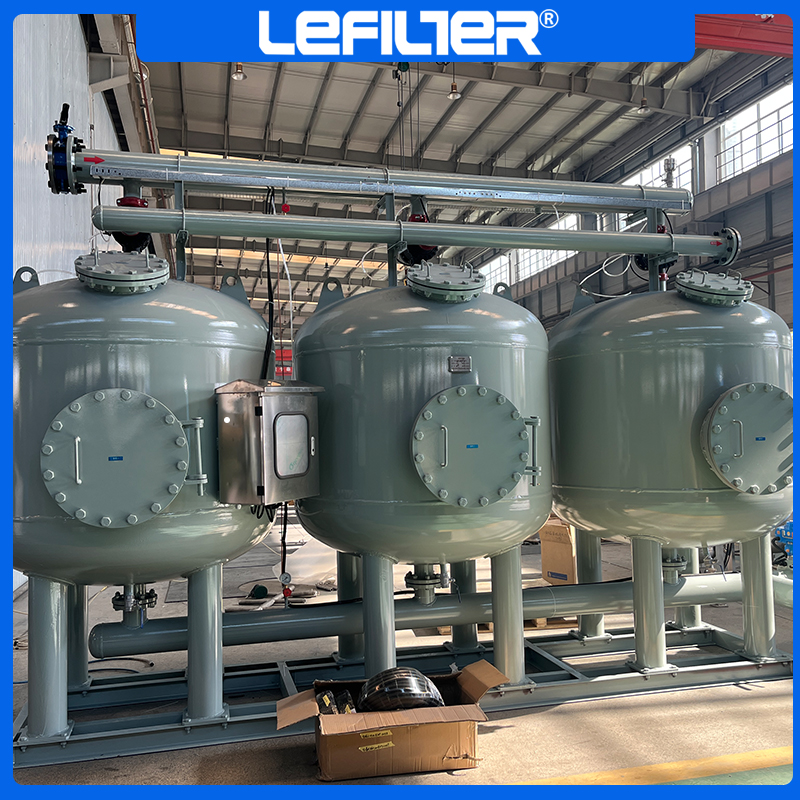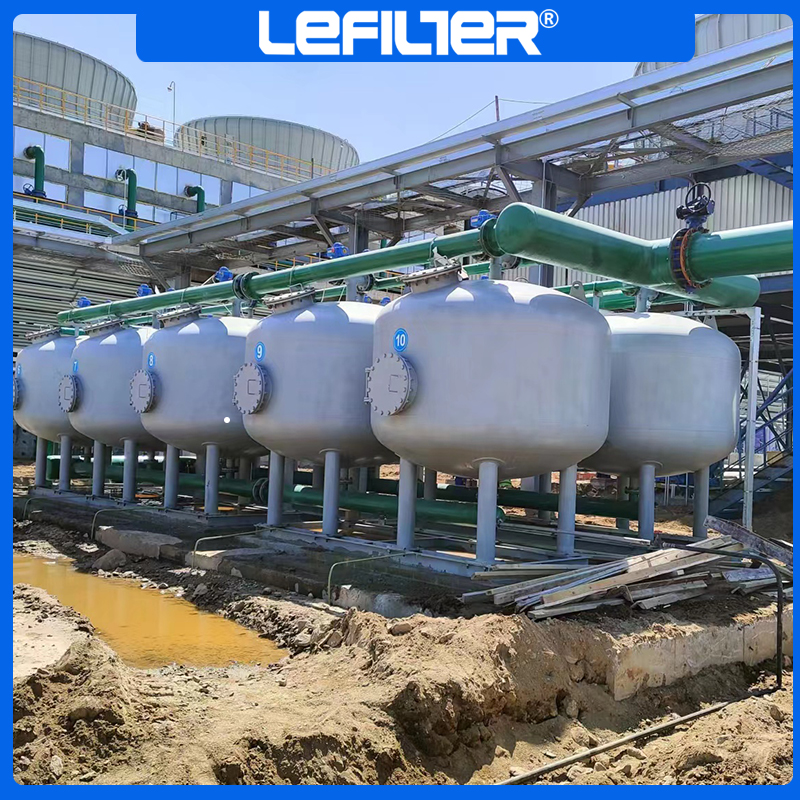Municipal Water Supply Upgrade: How Shallow Sand Filters Address Emergency Water Contamination
DATE:2025-03-31 Number of views: 1 Source:jiaxiangting
Meeting the Demand for Resilient Urban Water Systems
As cities worldwide face increasing threats from water contamination events—whether from industrial accidents, natural disasters, or infrastructure failures—the need for robust emergency water treatment solutions has never been greater. At the forefront of this challenge is Shallow Silica Sand Filter Equipment, a proven technology now being re-engineered for rapid deployment in crisis situations.
The Growing Threat to Urban Water Supplies
Municipal water systems face unprecedented vulnerabilities:
• Chemical spills contaminating source water
• Algal blooms disrupting treatment plants
• Sediment overload from extreme weather events
• Pipeline cross-contamination during pressure losses
Traditional sand filters—while effective for routine treatment—often lack the speed and adaptability needed for emergency response. This is where next-generation Shallow Silica Sand Filter Equipment demonstrates its value, capable of being brought online within hours to process contaminated inflows.

How Shallow Sand Filters Work in Crisis Mode
Modern water treatment equipment for emergencies incorporates three critical advancements:
1. Rapid Deployment Design
• Containerized systems with pre-loaded media
• Plug-and-play connections for existing infrastructure
• Mobile units with trailer mounting options
2. Multi-Threat Filtration
• 0.45-1.2mm graded silica sand layers
• Adjustable bed depth for varying contaminant loads
• Optional activated carbon layers for chemical adsorption
3. Smart Monitoring
• Turbidity sensors with auto-backwash triggering
• Flow-adaptive filtration rates (up to 20 gpm/ft²)
• Remote system health diagnostics
Unlike conventional Industrial Water System filters, these units maintain effectiveness even with:
✔ 50% higher particulate loads than design specs
✔ Intermittent power availability
✔ Wide pH fluctuations (5.5-9.0)
Technical Innovations Driving Adoption
The latest Shallow Silica Sand Filter Equipment incorporates breakthrough features for urban resilience:
For Source Water Protection
• Riverbank-mounted rapid filtration pods
• Upstream early warning sensor integration
• Automatic bypass for safe contaminant diversion
For Treatment Plant Reinforcement
• Parallel filtration trains for capacity doubling
• Backwash water recycling systems
• Seismic-resistant structural designs
For Distribution Network Support
• Booster station filtration inserts
• Pressure-independent operation
• Biofilm prevention media coatings

Operational Advantages for Municipalities
Investing in emergency-grade water treatment equipment delivers measurable benefits:
Response Preparedness
• 90% faster contamination incident resolution
• 60% reduction in emergency water trucking costs
• 24/7 readiness with automated standby mode
Water Quality Assurance
• 99.9% turbidity removal during crisis events
• Pathogen log reduction matching EPA standards
• Heavy metal adsorption capabilities
Infrastructure Synergies
• Seamless integration with existing Industrial Water System
• Shared backwash infrastructure with main plants
• Dual-use for routine and emergency operations
Implementation Considerations
Selecting crisis-ready Shallow Silica Sand Filter Equipment requires evaluating:
1. Threat Profiles
• Primary contaminant types (biological/chemical/particulate)
• Expected peak loading scenarios
• Recovery time objectives
2. System Architecture
• Centralized vs. distributed deployment
• Redundancy requirements
• SCADA integration depth
3. Future-Proofing
• Modular expansion capabilities
• Climate resilience certifications
• Spare parts caching strategy
Leading manufacturers now offer:
✓ Contamination scenario modeling
• Hydraulic load testing
• Operator competency training

Emerging Technological Frontiers
Next-generation water treatment equipment for emergencies is evolving with:
1. AI-Powered Predictive Filtration
• Machine learning models that:
• Predict media exhaustion timelines
• Optimize backwash cycles
• Recommend layer configurations
2. Nano-Enhanced Media
• Silica sand coated with:
• Antimicrobial nanoparticles
• Heavy metal chelators
• Organic pollutant catalysts
3. Blockchain Water Auditing
• Immutable records for:
• Emergency response effectiveness
• Filter performance validation
• Regulatory compliance proof
Conclusion
As climate change and urbanization amplify water security risks, Shallow Silica Sand Filter Equipment has evolved from a conventional treatment workhorse to a critical emergency asset. By bridging the gap between routine Industrial Water System operations and crisis response needs, modern water treatment equipment provides cities with the missing link in water resilience planning. For municipal leaders seeking to future-proof their water infrastructure, investing in adaptable sand filtration technology isn't just about addressing today's threats—it's about building capacity to handle tomorrow's unknown challenges.


